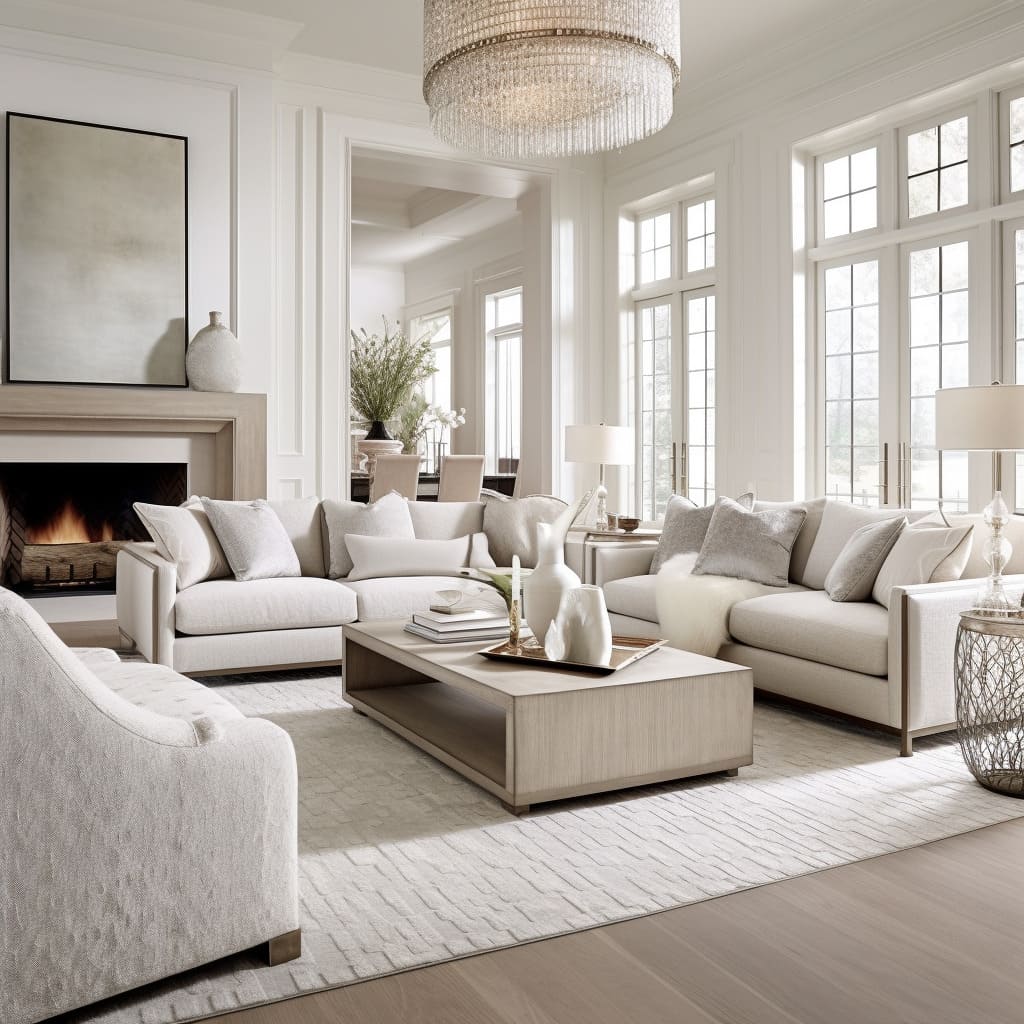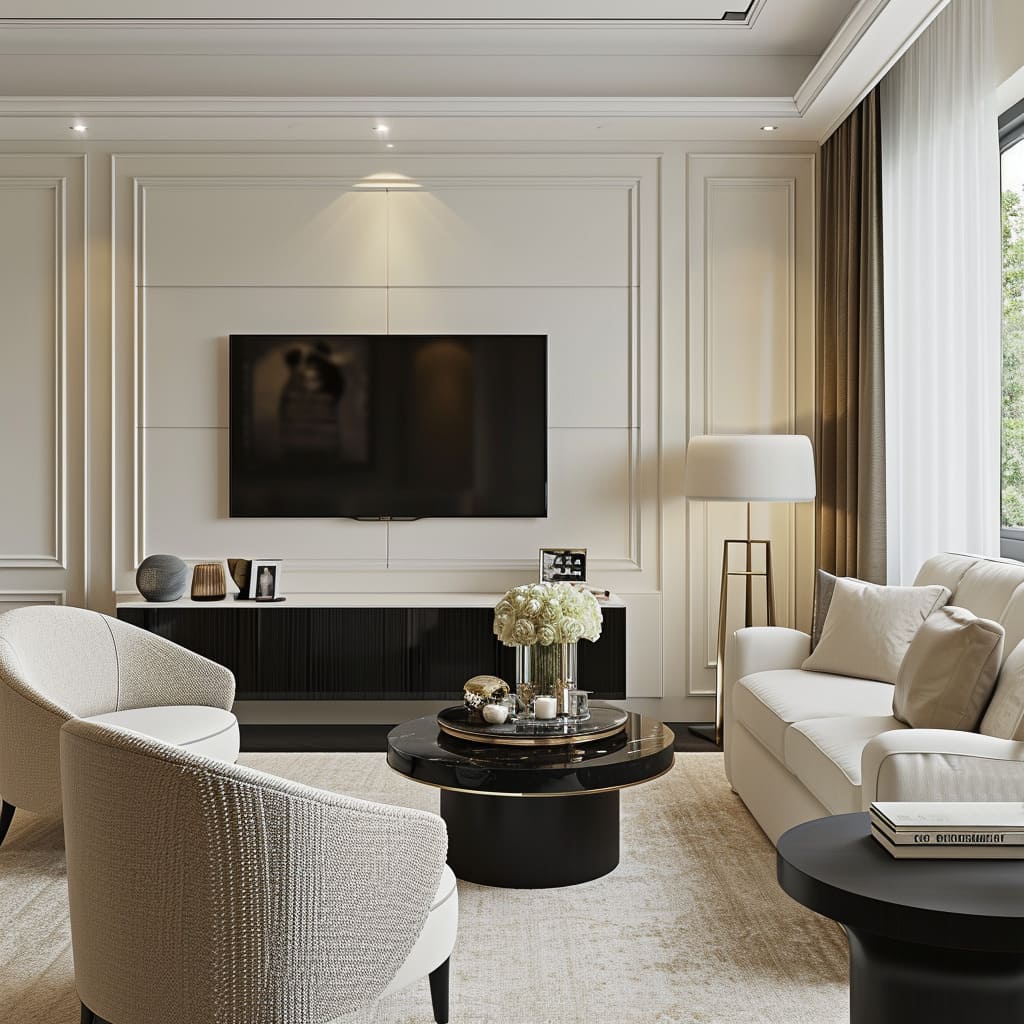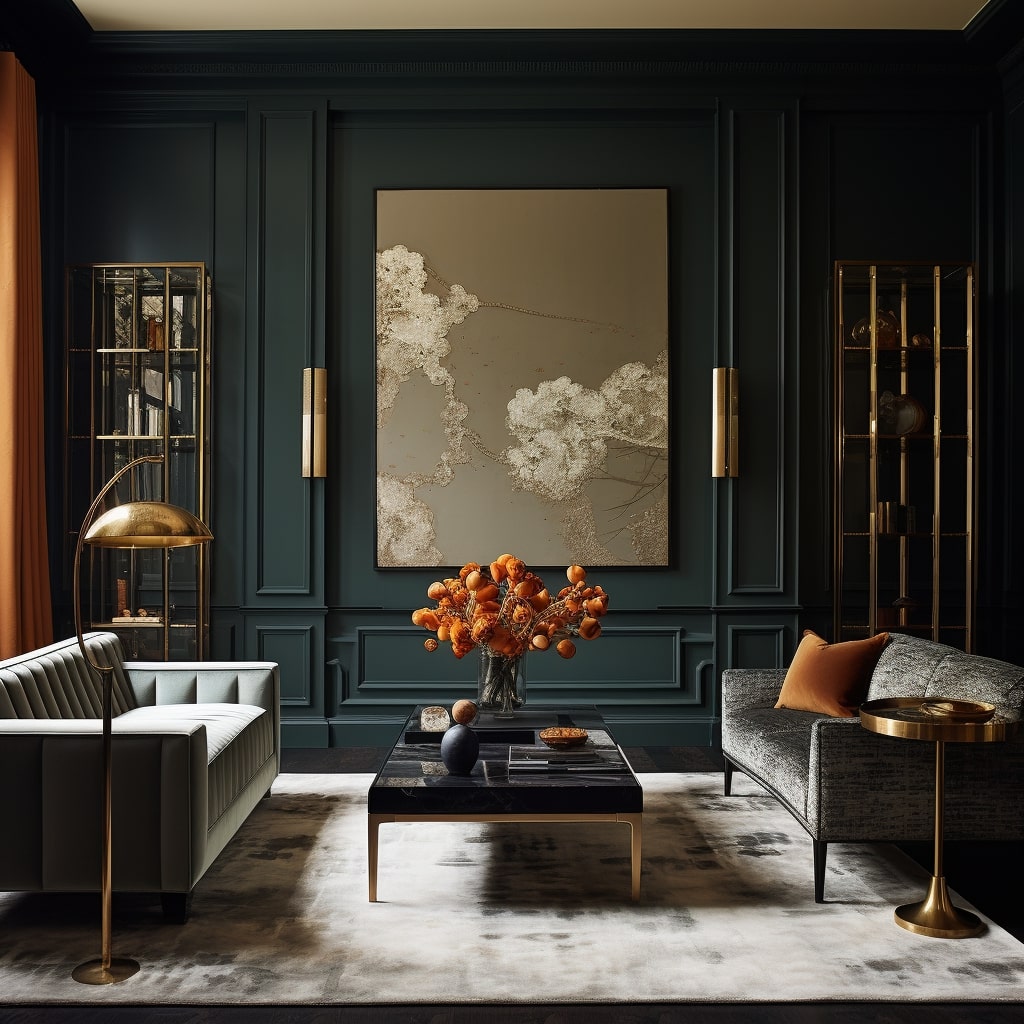Welcome to the world of interior design! If you’re about to embark on the journey of transforming your living space, you might find yourself at a crossroads: modern or classic? In this comprehensive guide, we will explore the nuances of both styles, diving deep into their features, benefits, and how to determine which one resonates with your personality and lifestyle.
Understanding Interior Design Styles
Interior design reflects personal taste, cultural influences, and the era in which it’s created. Two popular styles that often dominate discussions are modern and classic design. But what exactly sets them apart?
What is Modern Interior Design?
Modern interior design emerged in the early to mid-20th century, characterized by clean lines, functional furniture, and a minimalistic approach. Its roots can be traced back to movements such as Bauhaus and Mid-century Modern.
Key Characteristics of Modern Interior Design
- Simplicity and minimalism
- Neutral color palettes with occasional pops of color
- Open spaces and natural light
- Emphasis on functionality
- Innovative materials like glass, steel, and concrete
What is Classic Interior Design?
Classic interior design, on the other hand, refers to styles that are timeless and rooted in historical periods. This style often features ornate details, luxurious materials, and a sense of formality.
Key Characteristics of Classic Interior Design
- Rich color palettes and textures
- Elegant furnishings and intricate detailing
- Symmetrical layouts
- Traditional materials like wood and fabrics
- Decorative accessories and artwork

Modern vs. Classic Interior Design: A Comparative Analysis
The choice between modern and classic interior design often hinges on personal preferences and lifestyle needs. Let’s break down their differences in a comparative table.
| Feature | Modern Interior Design | Classic Interior Design |
|---|---|---|
| Style | Sleek, minimal, contemporary | Timeless, ornate, traditional |
| Color Palette | Neutral with bold accents | Rich and warm tones |
| Furniture | Functional and streamlined | Luxurious and detailed |
| Space Utilization | Open and airy | Defined and structured |
| Decorative Elements | Minimal decorations | Rich decorations with artifacts |

Pros and Cons of Modern and Classic Interior Design
Pros and Cons of Modern Interior Design
Modern design appeals to many due to its simplicity and functionality.
Pros of Modern Interior Design
- Creates a sense of space and freedom
- Easy to maintain and clean
- Encourages creativity and innovation
- Suitable for small apartments
Cons of Modern Interior Design
- Can feel cold or sterile
- Limited decorative elements
- Not suitable for those who prefer traditional aesthetics

Pros and Cons of Classic Interior Design
Classic design, rich in details, resonates with those who appreciate history and tradition.
Pros of Classic Interior Design
- Timeless elegance and appeal
- Creates a warm, inviting atmosphere
- Rich textures and materials
- Personalization through antiques and heirlooms
Cons of Classic Interior Design
- Can appear cluttered if not done right
- Requires more maintenance
- May feel dated or heavy if overdone

How to Determine Which Style is Right for You
Choosing between modern and classic interior design involves evaluating your lifestyle, space, and personal preferences. Here are some key questions to consider:
- What is your lifestyle like? Do you have children or pets?
- How much time can you dedicate to maintenance and cleaning?
- What types of decor resonate with you emotionally?
- Do you have existing furniture that influences your choice?
Visualizing Your Space
Sometimes, seeing a visual representation can help clarify your preferences. Consider creating a mood board or using design software to visualize both styles in your space. This can be a fun activity that may lead to surprises and revelations about your taste.

Combining Modern and Classic Design: A Hybrid Approach
If you’re torn between modern and classic styles, you’re not alone. Many people today opt for a hybrid approach, blending elements of both styles to create a unique and personalized living space. Here are some ideas on how to achieve that:
Tips for Combining Styles
- Choose a neutral color palette as a base.
- Incorporate modern furniture with classic decorative items.
- Mix sleek, clean lines with rich textures.
- Balance bold modern art with traditional accents.
Personal Experience: Finding My Style
When I first moved into my own space, I was overwhelmed by the choices available. I began by experimenting with modern furnishings but quickly realized that I missed the warmth and character of classic design. After much trial and error, I settled on a hybrid approach, featuring modern art pieces against classic antique furniture. It created an inviting yet chic vibe that felt uniquely ‘me’.

Frequently Asked Questions
What are the main differences between modern and classic interior design?
The main differences lie in their aesthetics and functionalities. Modern design is characterized by simplicity and minimalism, while classic design focuses on rich details and traditional elegance.

Can I mix modern and classic interior design?
Absolutely! Many people blend both styles to create a personalized space. The key is to maintain balance and coherence throughout the room.
What materials are commonly used in modern interior design?
Popular materials for modern design include glass, metal, and concrete, often paired with neutral tones to create an open, airy feel.
How can I add classic elements to a modern room?
You can add classic elements by incorporating antique furniture, traditional artwork, or decorative accessories that have historical significance.